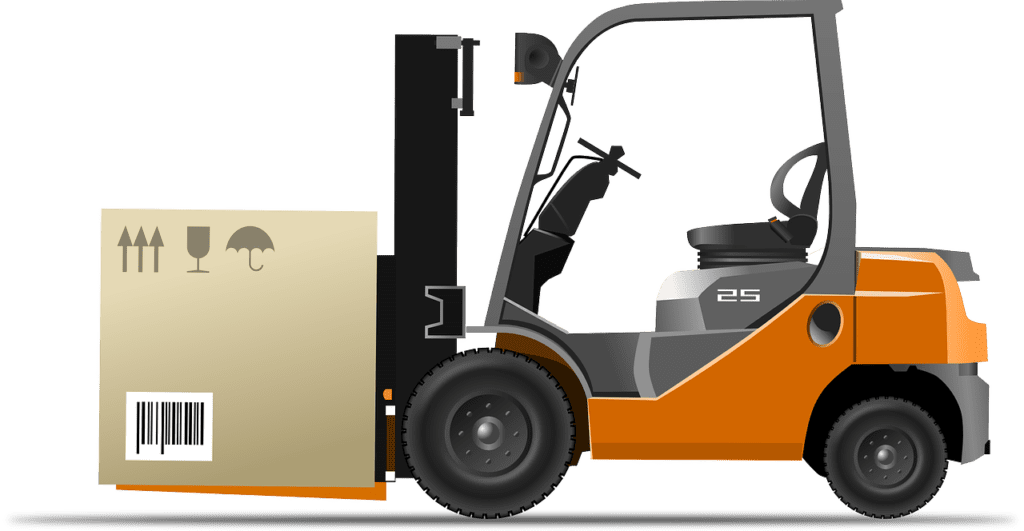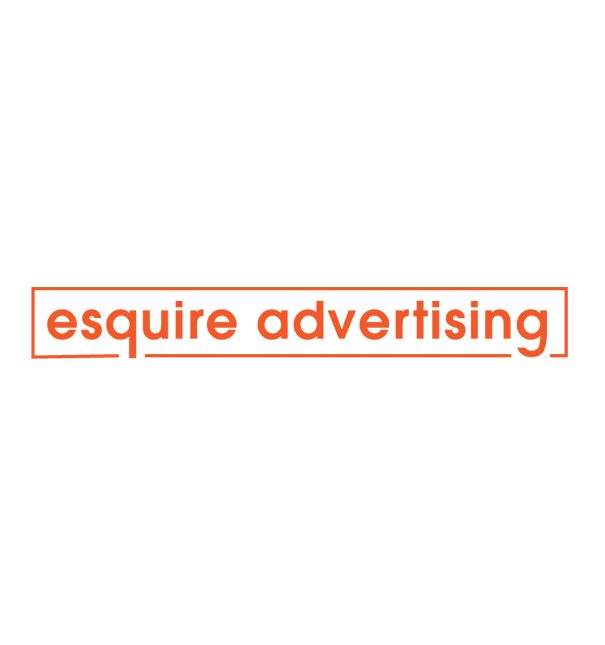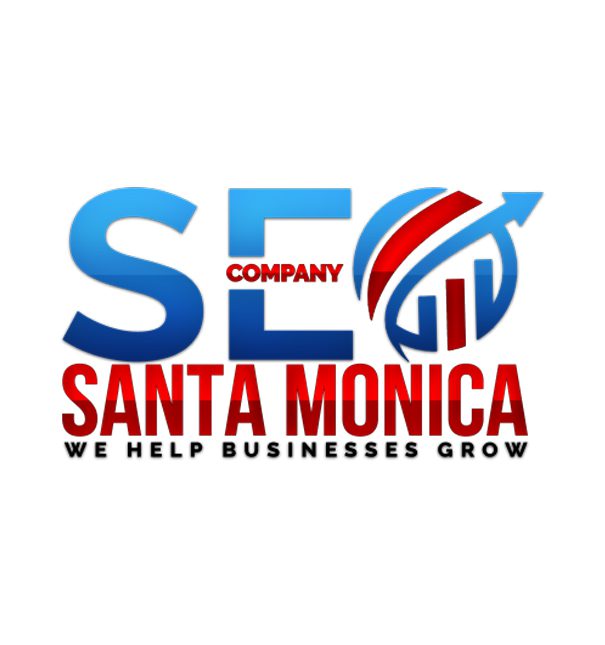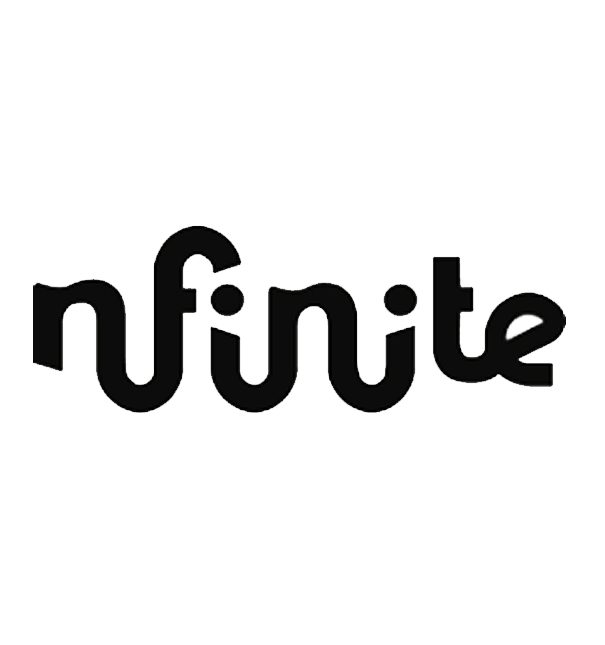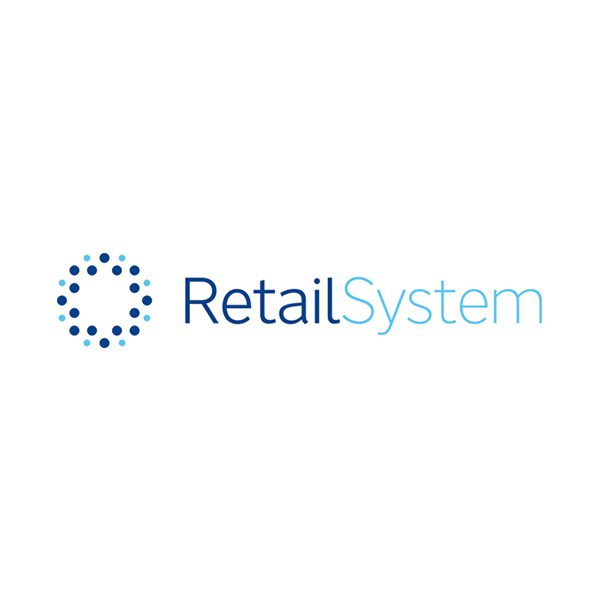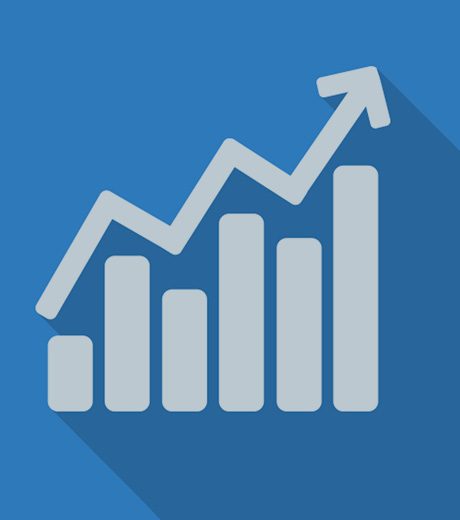So your operation has grown to needing a forklift, or another forklift and you’re looking for a forklift for sale. Buying new may be out of your budget and it’s time to consider the used forklift market. But where do you start? If you are planning to buy a forklift, there are many options to consider. Should you purchase an electric, a diesel, an LPG or a dual fuel powered forklift? Will you need non-marking rubber tires for your shop or a rough terrain forklift truck to handle the parking lot? Once you’ve decided on the forklift fuel type and lifting capacity, begin your search for unused and used forklifts with a local supplier or national equipment retailer. When you find forklifts that interest you, test and inspect the forklift in person. Here are some things to look for.
Forks and Mast
Begin your inspection facing the front of the forklift. Check the forks for any cracks, bends or other types of distortion possibly caused by overloading. For minor bends, consider having the forks straightened. Be wary of any cracks in the forks. Large, deep cracks can make it unsafe for a forklift to lift a load at full capacity. As you inspect the forks, check fork heels for signs of wear. The thickness of heel forks should closely match the thickness of the upright fork shank (the part of the fork secured to the hanger). Inspect mast for any cracks or welds, and then ensure that the mast pins and tilt and side-shift cylinders are secure, Check cylinders for any signs of leaks.
Mast rails, lift chains and cylinders
From the forks, continue your forklift inspection by looking at the mast rails, again checking for any cracks or welds that could affect the mast structural integrity. Look for signs of excessive wear on mast rollers – such as a compressed oval shape rather than a round shape. After inspecting the rollers, follow the length of the lift chains, noting any damaged/missing links or anchor pins. Inspect the hoses running parallel to the chains for any indication of leaking hydraulic fluid. Check both hoses and lift chains for equal tension distribution as well. Follow the length of chains and hoses to the tilt cylinders attached to the forklift carriage, again looking for any signs of damage or leaks and for missing or insecure bolts.
Frame, cowling and canopy
Walk around the forklift and check the body for any signs of damage, pausing on both sides of the forklift to inspect the cowling as well. Check the canopy main supports for any bends or damage that could affect the canopy’s ability to protect an operator in the event of a dropped load or rollover. Remember to check the integrity of side screens. If the forklift features an enclosed cab, make sure there are no missing or damaged windows. Look at the chassis, paying close attention to any welds, cracks or signs of repair or modifications. Finish the body/frame inspection by checking the tires for chunking (missing rubber) and the wheels for missing lug nuts.
Cab and general operation
Step into the forklift operator’s seat and fasten the seatbelt. Note whether the seat is securely fixed into position and the condition of the seatbelt. Start up the forklift and listen for any odd sounds coming from the engine compartment. Check the hydraulic levers – lift and lower the loader arms, tilt arms back and forwards, and finally side shift the arms left and right. Check for smooth operation as you operate the loader arms and as you tilt, pivot and run the mast through its various stages. Drive the forklift forwards and backwards and in a figure eight pattern, stopping and starting in order to test the responsiveness of steering and braking. Check all other controls and safety devices for operation, including rear back-up alarm and flood lights – if included. Review the load capacity noted on the rating placard and compare to the maximum weight requirements you need. When operating any kind of machinery training is needed to prevent accidents between the machine and the workers. If not, accidents could happen that would result in serious injury or worse. Sometimes these injuries could render workers unable to work indefinitely, leaving them with the stress of not only recovery but also the weight of finances since they may be unable to work or might have to deal with a mountain for any medical bills. If you find yourself in such a situation, it might be worth talking to law firm similar to thisThe Champion Firm, P.C to ask any question on how they might be able to help relieve the stress of a workplace injury.
Engine compartment, exhaust guard and counterweights
After running the forklift, open the engine compartment and check for any leaks, dirt buildup or cracks on hoses. Check the oil, note the level of the oil on the dipstick, and also look at the condition of the oil. Check that belts are tight and not worn or cracked. Inspect the air filter and make sure it is clean. If you are inspecting an electric forklift, check that all battery connections are in good condition. If the machine is propane-powered, check integrity of tank brackets and bolts once you’ve finished your engine compartment inspection. Move to the rear of the forklift and look at the exhaust guard, noting and damage. Also check that the counterweight bolts are securely in place.
Once you’ve completed your visual and functional inspection, make note of any extra features, such as fork positioners, side shift or a free full lift mast. You may also ask to view the forklift’s service record or work orders. Unless you are very experienced and know what to look for when inspecting a forklift, have a qualified mechanic or knowledgeable operator carry out the inspection. Buying a used forklift will be easier on your budget if you know what to look for to avoid costly repairs down the line. In the end, it might be a better idea to forklift hire in Melbourne. My friend tells me they have some fantastic forklifts to rent out.
Source: Ritchie Bros Auctioneers
